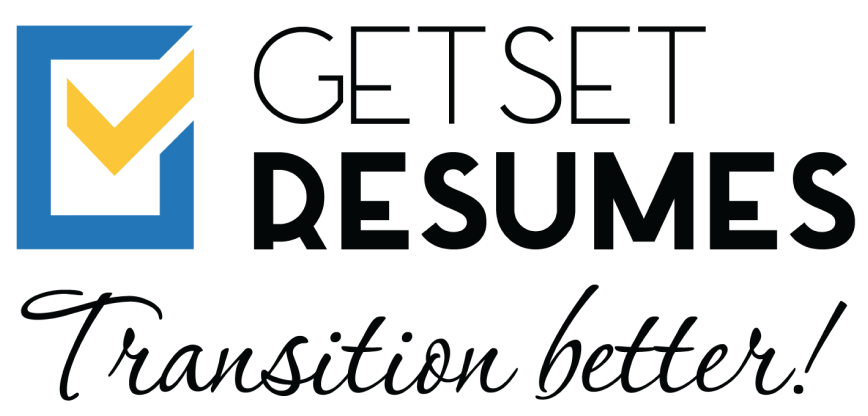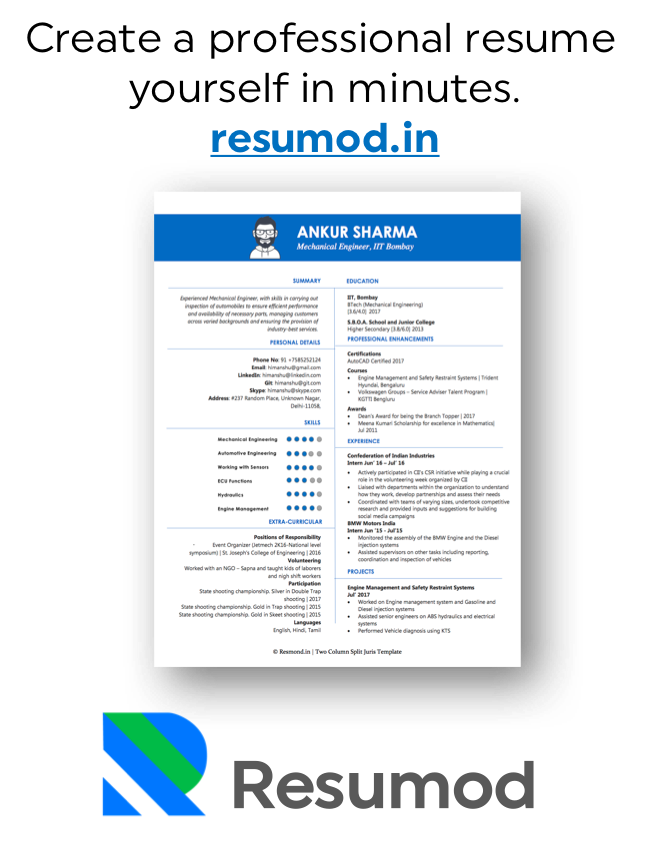If you have spent over a decade – maybe even 10+ years – in a particular role, industry, or function, the thought of switching roles can feel intimidating. You are not new to the workforce. You bring experience, perspective, and deep expertise. But you are also likely asking yourself: Will recruiters see my value? Do my skills even apply in a new context?
The good news? You likely already have the skills needed to succeed in a new role. The key lies in how you package and present them. That is where transferable skills come in.
Whether you are pivoting industries, functions, or stepping into a leadership role in a new environment, this guide will help you highlight your most relevant strengths with confidence and clarity.
What Are Transferable Skills?
Transferable skills are the capabilities you have developed over the years that can be applied in multiple roles or industries. Think of them as your ‘career capital’ – the valuable tools you have picked up along the way that can travel with you from job to job.
They are typically grouped into two buckets:
- Soft Skills: Leadership, communication, adaptability, emotional intelligence, decision-making.
- Hard/Functional Skills: Project management, strategic planning, data analysis, budgeting, stakeholder management.
The challenge? Most professionals with 10+ years of experience underestimate how valuable these skills are in a new context. Let us fix that.
Step 1: Start with the Role, Not Your Resume
Before you dive into your experience, get crystal clear on the role or industry you are targeting. What are the top skills and expectations in that space today?
Look at 5–10 job descriptions. Are they asking for:
- ‘Cross-functional collaboration’?
- ‘Experience leading through change’?
- ‘Ability to analyse data and drive insights’?
Make a list of recurring keywords. These are your clues.
Pro tip: Use tools like LinkedIn, indeed, and even ChatGPT to analyse the commonalities across listings. Your goal is to reverse-engineer the job market.
Step 2: Match Your Experience to What the Job Description Asks For
Let us say you were a senior operations manager in manufacturing. You are looking to move into a program management role in a tech company. The environments are different, but the core skills? Not so much.
Here is how to translate:
- Instead of: ‘Managed plant operations and logistics’
- Say: ‘Led cross-functional teams to improve operational efficiency, reduce downtime, and streamline end-to-end project delivery.’
Now you are speaking the language of tech, even if your experience came from another domain.
Focus on outcomes. Use metrics and language that align with the new industry—even if the context was different.
Step 3: Tell Your Story in a Way That Makes Sense for the Role
Your resume and LinkedIn aren’t just a list of jobs. They should show who you are, what you’re good at, and how you can help. Here’s how to do it:
Use a clear headline
- Instead of just your job title, write what you actually do well.
- Example: “Helps teams grow faster | Good at managing big projects | Works well across departments”
Write a simple summary
- Share how many years you’ve worked, what kind of results you’ve achieved, and what makes you different. Show you’re ready for the next step.
List your skills clearly
- Add a section like ‘Key Skills’ or ‘What I’m Good At’ so hiring managers can quickly see if you’re a match – even if your past job titles sound different.
Step 4: Leverage Your Leadership & Strategic Thinking
If you have been in the workforce for 10+ years, chances are you have led teams, shaped processes, or influenced business outcomes. These are gold when switching roles.
Recruiters and hiring managers are often looking for:
- People who can navigate ambiguity
- Professionals who bring a ‘big picture’ perspective
- Mentors and team-builders who raise the bar for others
Don’t just talk about what you did—explain how you think. Use interviews, cover letters, and networking conversations to articulate your thought process.
Step 5: Fill the Gaps (Strategically)
You do not need to ‘start over’ or collect five new certifications. But if your target role emphasizes a skill, you have not directly used, address it head-on.
- Take a short online course and mention it on your resume.
- Volunteer for a cross-functional project within your current company.
- Create a portfolio, blog, or case study that demonstrates your thinking.
Remember, recruiters are not always looking for perfect matches. They want evidence of growth mindset, relevance, and initiative.
Step 6: Practice the Pivot Pitch
When someone asks, ‘Why the switch?’ – you need a tight, confident answer that shows clarity and intention.
Avoid:
‘I’m just trying something new.’
Try:
‘Over the last few years, I have become increasingly drawn to [new area], and I have realized that the skills I have built in [old area] – from stakeholder management to data-driven decision-making – are highly relevant. I am excited to bring that experience into a new context.’
Keep it honest. Keep it future-focused.
Step 7: Engage Through Conversations, Not Just Applications
Finally, do not rely solely on job boards. Start conversations. Reach out to people in roles you admire. Ask how they made the transition. Share your interests and invite advice.
This does two things:
- Builds visibility and trust in new spaces.
- Gives your insight into how your background is perceived (and where you might need to refine your pitch).
Your Experience Is the Advantage
Career switches after 10–15 years are not signs of restlessness. They are signs of growth. Your experience is not baggage – it is leverage. You know how to lead, adapt, and deliver. The role may be new, but your foundation is solid.
All that is left is to showcase it in a way that connects the dots for others.
So, if you are thinking of making a change, here is your nudge: Start. Map your skills. Rewrite your story. And trust that your next chapter can be as impactful as your last – if not more.


![Master Your Self Introduction: Tips for Senior Leadership Interviews [2025 Guide]](https://www.getsetresumes.com/blog/wp-content/uploads/2025/10/business-consultant-working-with-client-1140x660.jpg)

